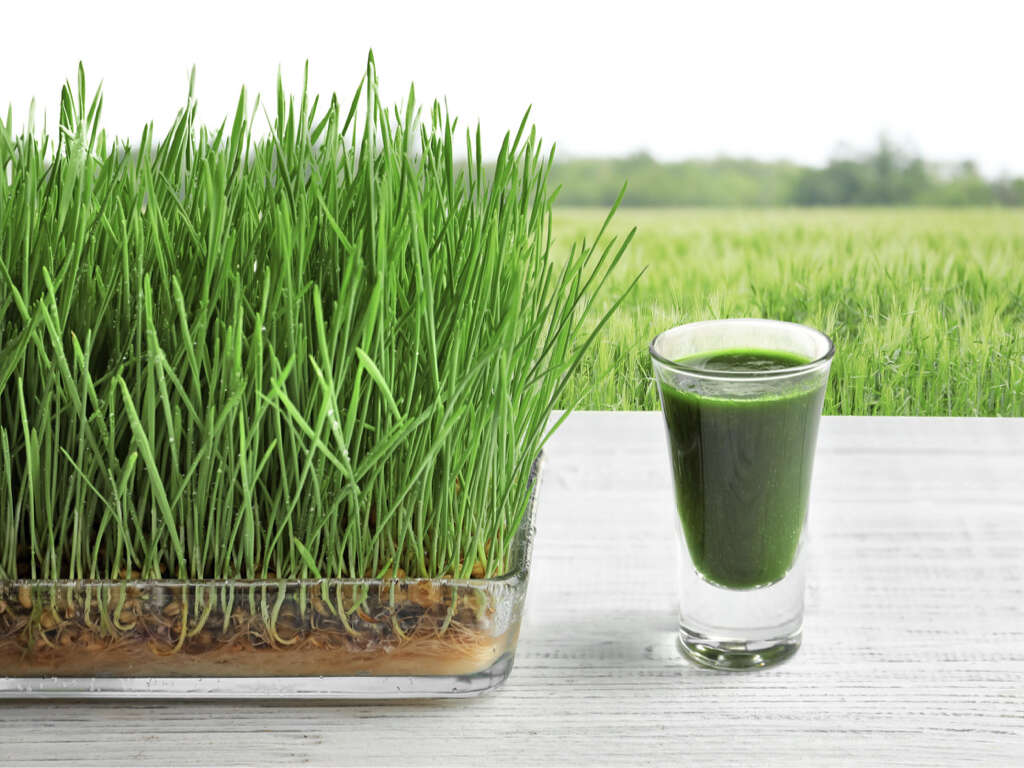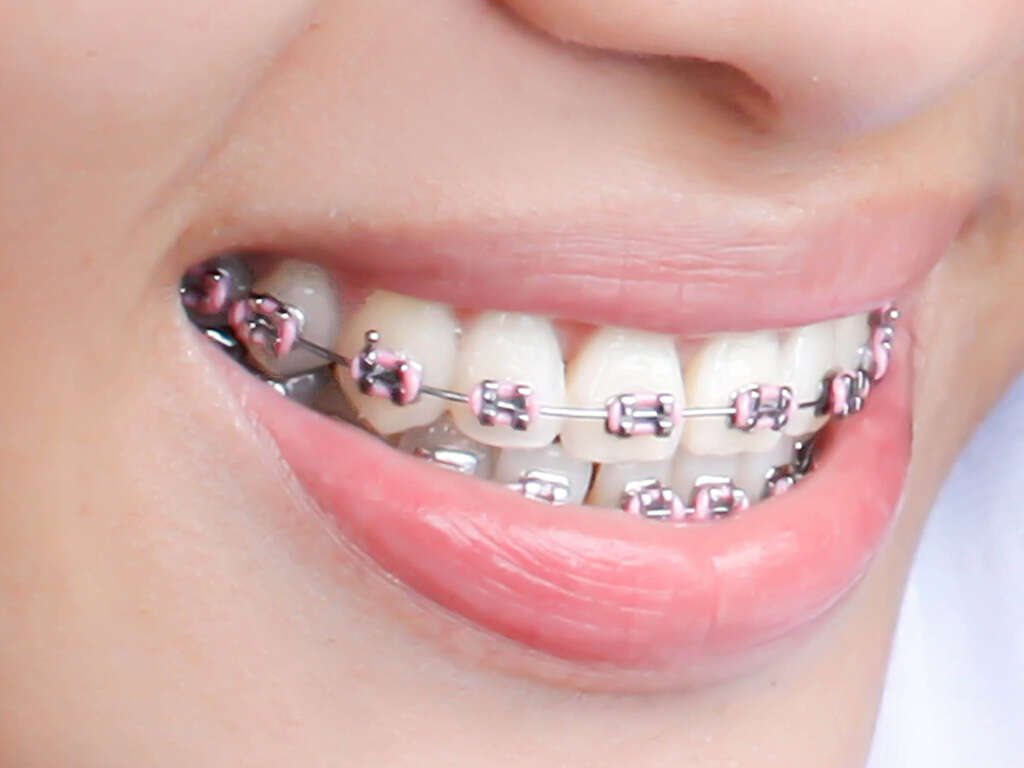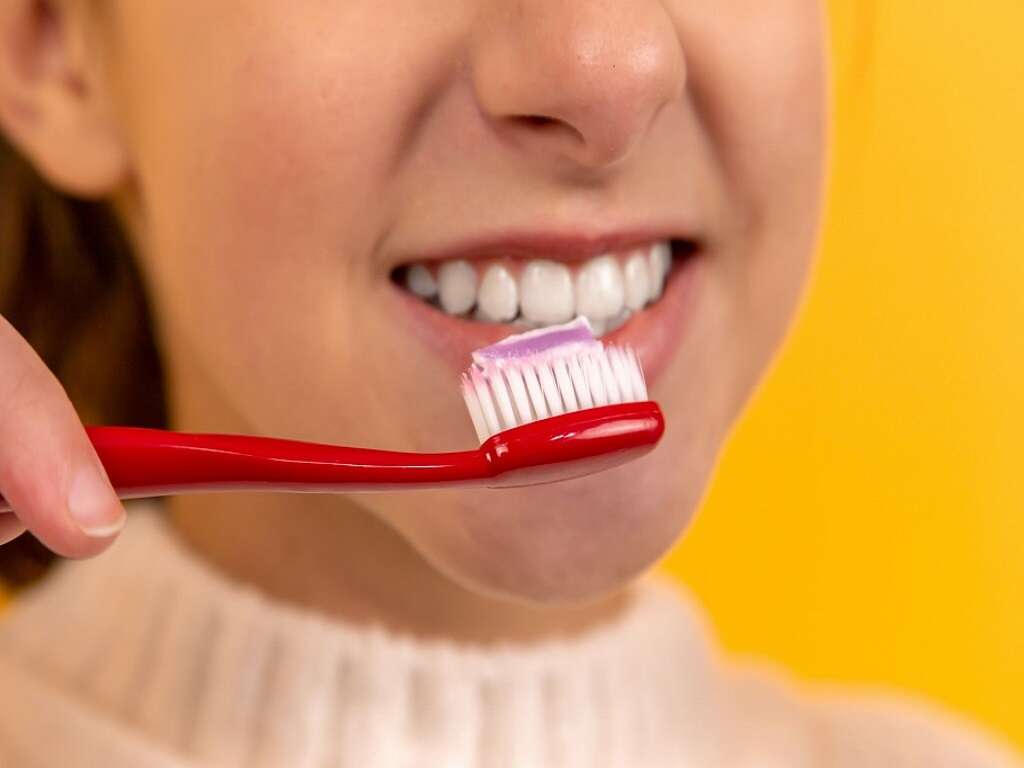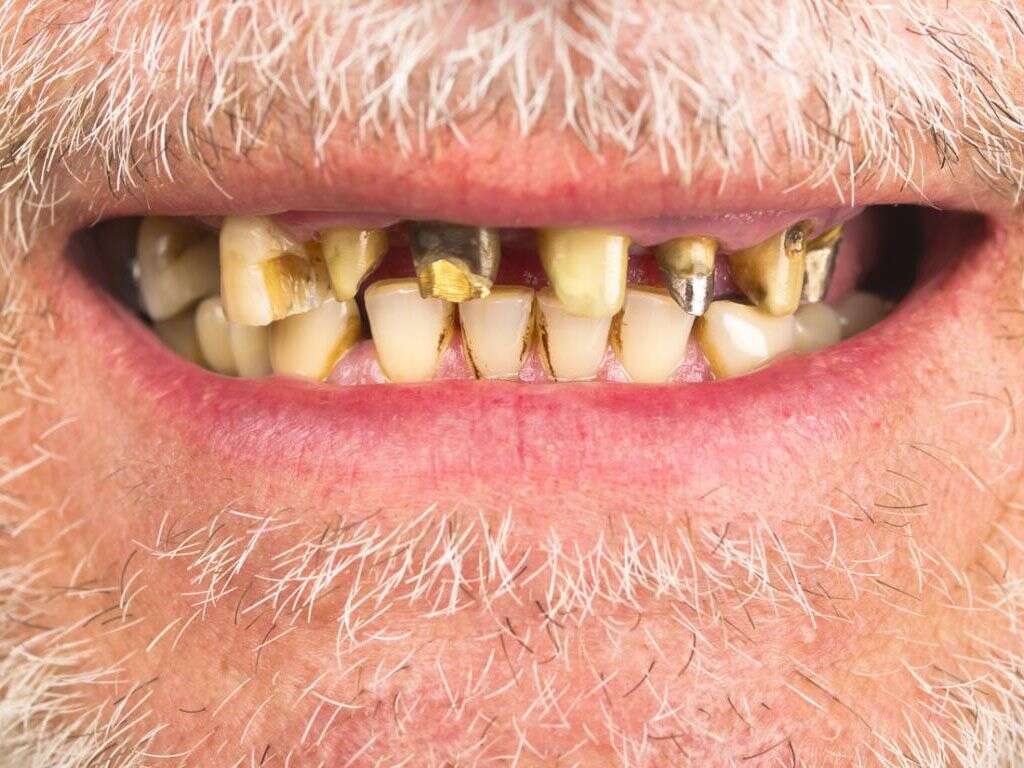10 Home Remedies For Abscess Tooth
An abscessed tooth or dental abscess refers to a collection of pus that is localized and associated with a tooth. This can be due to broken teeth, tooth decay, extensive periodontal disease, or failed root canal treatment.
Individuals with an abscessed tooth often experience worsening pain that is sharp, shooting, or throbbing. The pain is often aggravated by warmth and pressure. Other associated symptoms include tenderness, swelling, and fever.
Treatment generally includes drainage of the abscess, antibiotics, and pain management. However, there are also some home remedies that may be helpful.

Home Remedy #1: Baking Soda
Baking soda or sodium bicarbonate is a white solid crystalline that often appears as fine powder. It can be used as an antacid for the treatment of heartburn and indigestion. Intravenous sodium bicarbonate can also be useful in cases of acidosis. It can also help an abscess to drain, especially if used in combination with salt. Baking soda may also decrease the risk of further infection due to its antibacterial properties.
To use baking soda for an abscessed tooth, mix a tablespoon of baking soda (with or without a tablespoon of salt) in some water to form a paste. Apply it to the affected area using a cotton ball or swab and leave it on for 15 to 20 minutes.

Home Remedy #2: Cold Compress
A cold compress can be beneficial for an abscess tooth as it helps reduce inflammation, pain, and swelling. To make a cold compress, place ice cubes in a dry towel and hold it against the affected area. This can be repeated several times a day. A reusable ice pack wrapped in a towel also provides the same effects.
It is important to note that heat should not be applied as it can worsen the pain and swelling. Affected individuals should also eat and drink room temperature or cold foods and beverages.

Home Remedy #3: Salt Water Rinse
Salt water is a commonly used home remedy for various ailments such as sore throat and cough. In this case, it can also be beneficial for those with an abscessed tooth. Easily affordable and convenient, individuals experiencing an abscessed tooth may benefit from a salt water rinse as it helps promote wound healing.
To make a salt water rinse, mix half a teaspoon of salt with half a cup of warm water. Swish the mixture around the mouth for about two minutes before spitting it out. It is recommended that this be done after every meal.

Home Remedy #4: Fenugreek Tea
Fenugreek is an annual plant that is cultivated globally. In traditional medicine, it is used to help induce labor, promote digestion, and reduce blood sugar levels. It is also thought to help increase breast milk supply among nursing mothers. Fenugreek may also be useful as a home remedy for an abscessed tooth as it has a long history for wound healing and reducing inflammation due to its antibacterial properties.
Ground fenugreek can easily be found in most stores. To make fenugreek tea, stir in a teaspoon of ground fenugreek into a cup of hot water and allow the mixture to cool. Once ready, apply a small amount using a cotton ball onto the affected area.
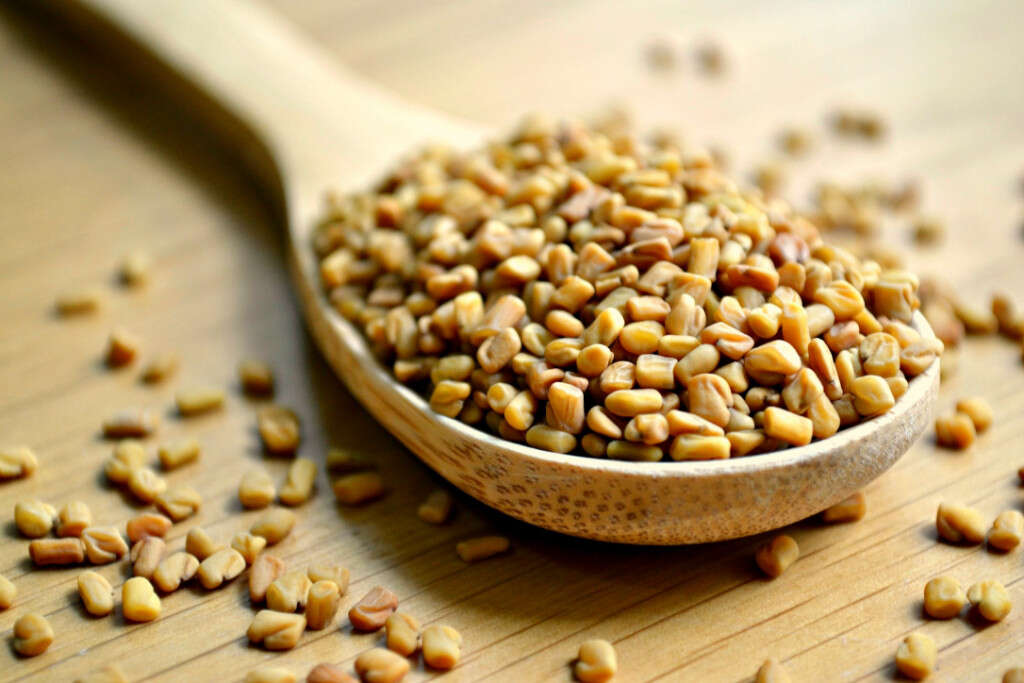
Home Remedy #5: Oregano Essential Oil
Oregano is a flowering plant of the mint family native to the Mediterranean, and southwestern and western Eurasia. Oregano essential oil can be extracted from oregano leaves and has been used in traditional medicine. It can be easily purchased in stores. Oregano essential oil is an antioxidant and antibacterial.
In an abscessed tooth, it can help reduce pain and swelling. Dilution with a carrier oil is necessary before application to the affected area. It is important to note that oregano essential oil should not be used as the sole treatment.
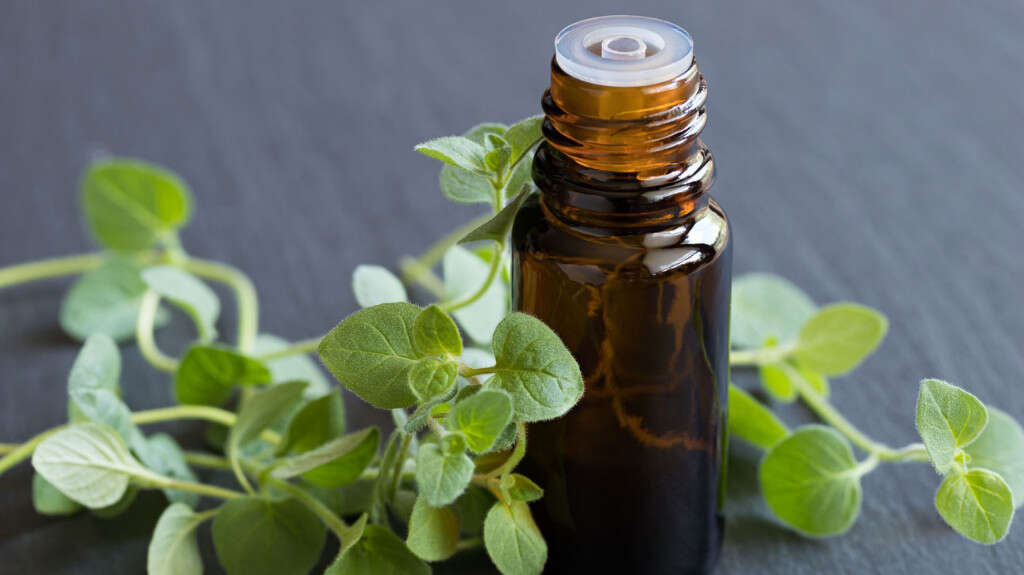
Home Remedy #6: Thyme Essential Oil
Thyme is a perennial herb of the mint family with both medicinal and culinary uses. Thyme essential oil contain 20 to 54 percent of thymol, which is an antiseptic that is often found in mouthwashes. Traditionally, thyme essential oil was also used to medicate bandages. Besides fighting bacteria, it also reduces swelling.
Before using it, it has to be diluted in a carrier oil. It can then be applied to the affected area using a cotton swab. It can also be effective if diluted thyme oil is added to water to make a mouthwash.

Home Remedy #7: Clove Essential Oil
Cloves are aromatic flower buds that come from the Syzygium aromaticum tree that are native to Indonesia. Despite its long history of use in traditional medicine, there is little scientific evidence that proves its effectiveness. Clove oil contains eugenol and is traditionally used as a painkiller for various disorders including dental emergencies. It can be used as both an antiseptic and anesthetic as it helps numb the nerves and prevent further infection.
The clove essential oil should be diluted before use. This can be done by mixing 3 to 5 drops of clove essential oil with 1 ounce of carrier oil. It can be applied to the affected area using a cotton swab or made into a mouthwash by mixing it with water.
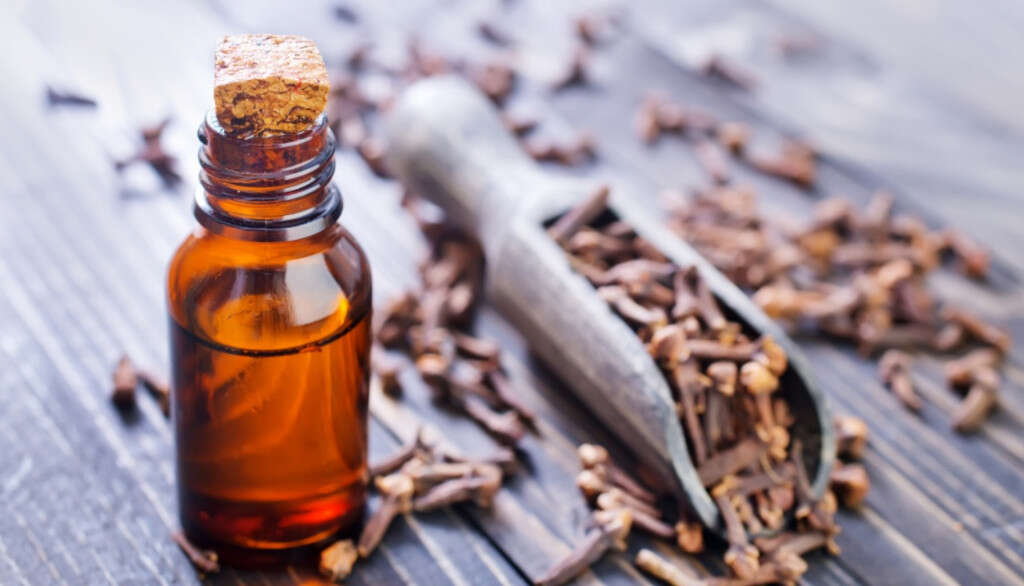
Home Remedy #8: Peppermint Tea Bags
Peppermint is a plant crossed between spearmint and watermint. It is native to the Middle East and Europe. Peppermint oil is currently being researched for its benefits in the treatment of irritable bowel syndrome. It is also used in traditional medicine for various minor ailments such as nerve pain, muscle pain, and providing relief from itching.
Peppermint contains menthol, which has antibacterial properties that can help with an abscessed tooth. Some individuals have also claimed that placing cool and wet peppermint tea bags on the abscess can also reduce the pain.
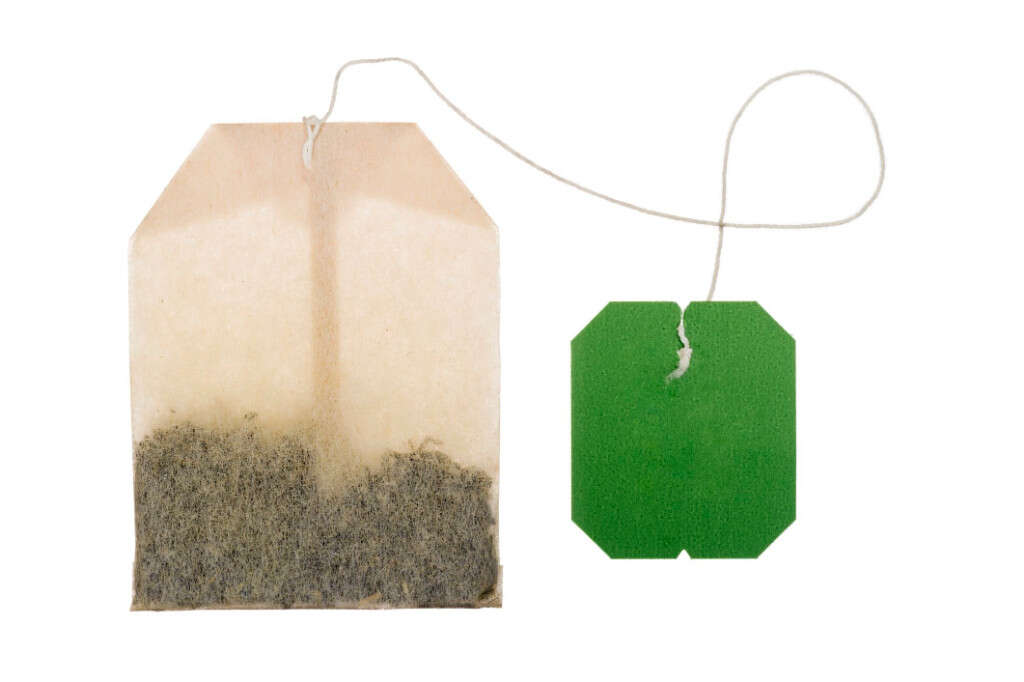
Home Remedy #9: Oil Pulling
Oil pulling is an ancient Ayurvedic dental technique where a tablespoon of oil is swished around in the mouth on an empty stomach for 20 minutes. This is supposed to help draw out toxins and improve oral health.
Alleged benefits include prevention of cavities, whiter teeth, gingivitis prevention, improved breath, stronger teeth, less jaw pain, alleviation of headaches, hangover relief, and improvement of skin conditions such as psoriasis, eczema, and acne. Limited studies have shown it to be a good remedy for bad breath, reducing oral bacteria, and bleeding gums.

Home Remedy #10: Hydrogen Peroxide
Hydrogen peroxide is a chemical that can be used as an antiseptic, bleaching agent, and oxidizer. In alternative medicine, it is believed to be beneficial in the treatment of influenza, emphysema, and cancer. It involves the daily consumption of hydrogen peroxide orally or through an injection.
It is important to note that there is no scientific evidence that proves the effectiveness and it has even been fatal in some cases. However, in an abscessed tooth, it can be beneficial as it helps fight the bacterial infection, reduce bleeding gums, and decrease plaque. To use hydrogen peroxide for a tooth abscess, mix an equal part of water with three percent hydrogen peroxide. Swish the solution around the mouth and ensure not to swallow. It can be repeated several times a day.






